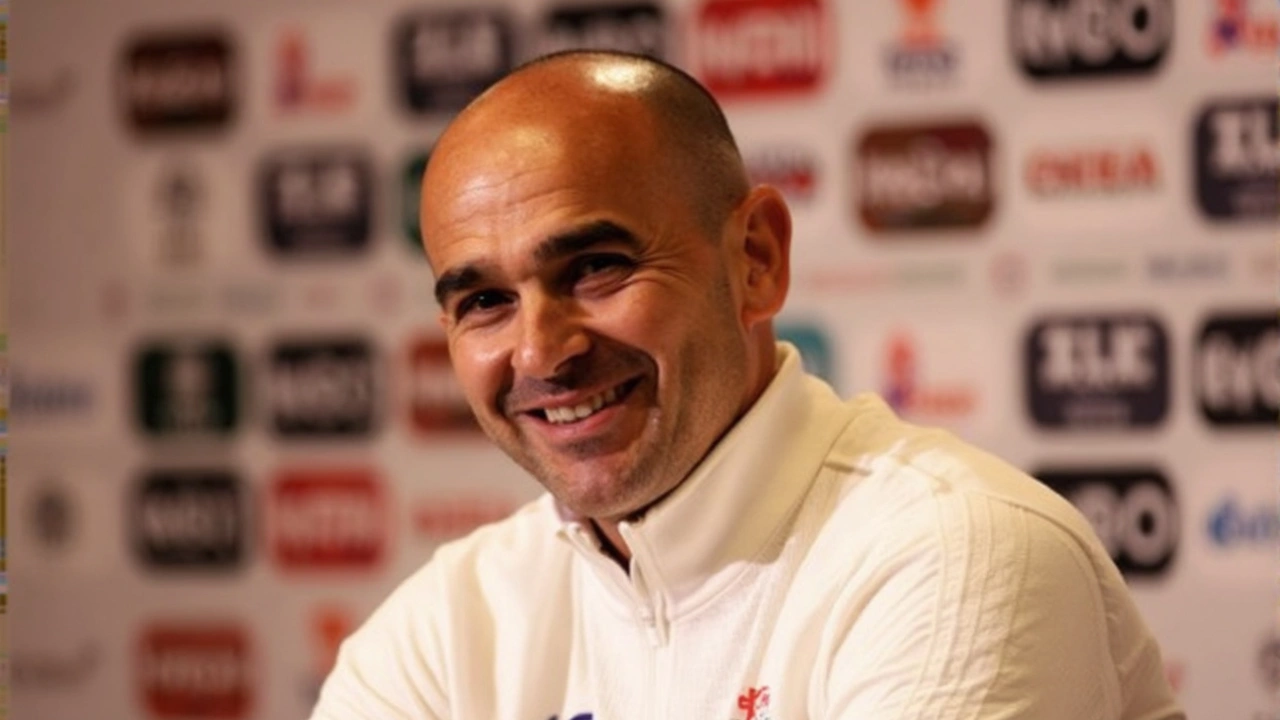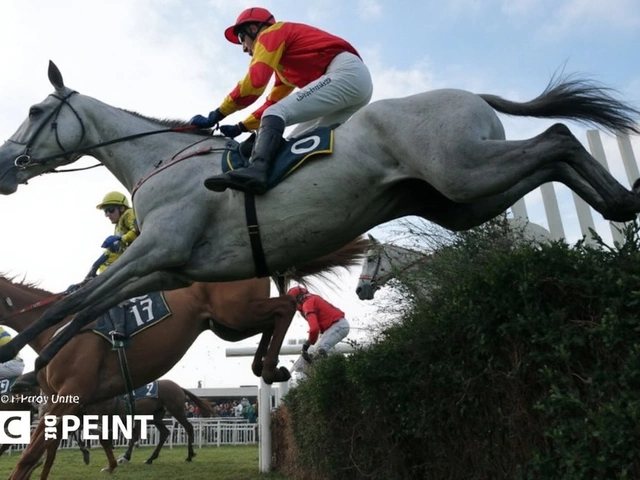Nations League: What’s Happening, Who’s Winning, and How Coaches Can Use It
If you follow football, the Nations League is the competition that keeps the calendar busy and the talking points fresh. It started as a way to replace boring friendlies with real‑match stakes, and now every European nation fights for promotion, relegation and a shot at major tournament slots. Below you’ll find the latest scores, standout performances, and practical coaching ideas you can apply to your own sessions.
Latest Results and Big Moments
Group A just wrapped up its final round. England clinched first place with a 2‑1 win over Italy, thanks to a late header from Jude Bellingham. Spain surprised everyone by beating Germany 3‑2, a game that showed how quick transitions can break down even the toughest defenses. In the lower tier, Croatia earned promotion after a 1‑0 victory over Denmark, while Wales slipped to League C after a narrow loss to Finland.
These matches highlight a few trends: set‑piece efficiency is higher than ever, and managers are experimenting with three‑centre‑back systems to keep attackers guessing. If you’re coaching a youth side, notice how the teams use quick, short passes to open space in the half‑court. Replicating those patterns in drills can improve your players’ decision‑making under pressure.
Coaching Takeaways from the Nations League
1. Pressure‑Fit Rotations – Managers rotate squads more often in the Nations League because games come close together. Use small‑sided games that force players to adapt to new positions within minutes. This builds versatility and keeps the squad fresh for real matches.
2. Defensive Compactness – The best‑defending teams stay compact when out of possession. Set up a 4‑4‑2 shape in training, then shrink the distance between the lines every five minutes. Players will learn to close gaps quickly, a skill that showed up in Italy’s disciplined defense against England.
3. Set‑Piece Routines – With more goals coming from corners and free‑kicks, spend at least one session a week rehearsing different set‑piece scenarios. Mix up runs, use decoys, and practice both strong and weak‑foot shooters.
4. Data‑Driven Adjustments – Nations League coaches rely on heat maps and passing networks to tweak tactics mid‑tournament. Encourage your assistant coaches to record simple stats like pass completion rates in each half. Even basic numbers can point out where your team is losing the ball.
5. Mindset of Promotion/Relegation – The fear of dropping a league or the hope of moving up adds a mental edge. Simulate high‑stakes scenarios in training, such as “win this drill or miss the next scrimmage.” Players learn to handle pressure before it hits the real game.
By pulling these ideas from the Nations League, you give your squad a taste of elite competition without the travel or TV time. Keep an eye on the upcoming fixtures: the next round pits Portugal against Belgium and France against the Netherlands. Those matches will likely showcase more tactical tweaks you can copy.
In short, the Nations League is more than a tournament – it’s a living laboratory of modern football tactics. Treat each result as a lesson, and use the coaching takeaways to sharpen your own teams. Stay tuned to NY Sport Coaching Hub for weekly updates, match breakdowns, and drills inspired by Europe’s biggest national teams.
Kieran Lockhart, Mar, 21 2025
Nations League Clash: Denmark Faces Portugal in Anticipated Quarter-Finals
Denmark clashes with Portugal in the Nations League quarter-finals, promising an intriguing battle. With Denmark's new coach, Brian Riemer, facing Portugal's tactician Roberto Martínez, expectations rise. Cristiano Ronaldo and Bruno Fernandes lead a star-studded lineup against Denmark's solid defense. The match highlights key strategies, performance predictions, and betting insights.
View More




